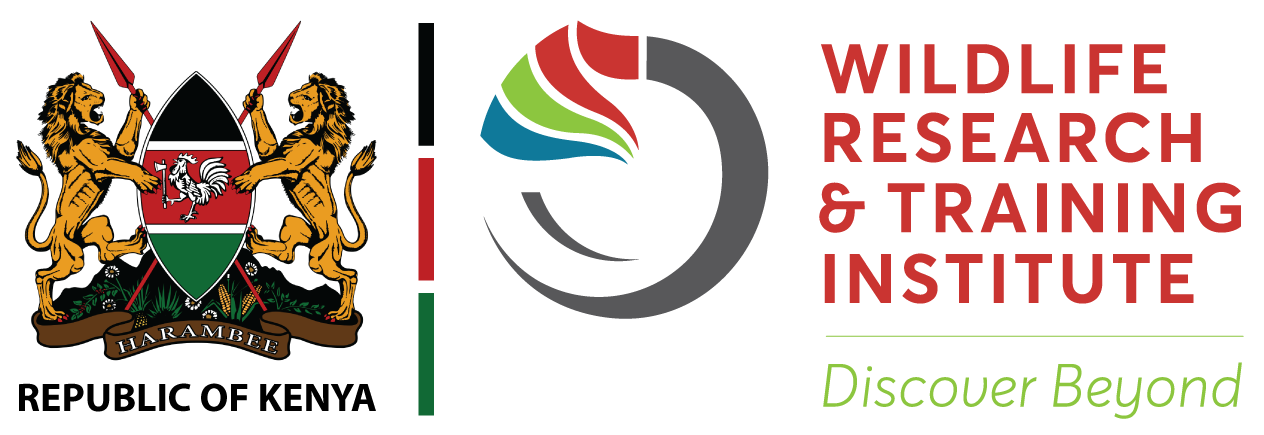Kenya’s black rhino population has made an extraordinary recovery, rising from just 384 individuals in the late 1980s to 1,059 today. This resurgence is a testament to decades of strategic national conservation efforts, underpinned by robust scientific research and policy support.
The Institute has played a pivotal role in this journey, providing critical data that informs conservation strategies. With a projected annual growth rate of 5% from the current base, ensuring the availability of secure and suitable habitats for these rhinos has become increasingly urgent.
On 24th May,2025, the Institute joined stakeholders and partners to flag off the translocation of 21 eastern black rhinos from Ol Pejeta Conservancy to Segera Conservancy. This significant event was spearheaded by the Kenya Wildlife Service (KWS) and presided over by the Cabinet Secretary for Tourism and Wildlife, Hon. Rebecca Miano.
Translocating rhinos is a complex operation that demands meticulous planning and data-driven decision-making. The Institute’s research is central to this process, providing essential insights on habitat suitability, carrying capacities, and the health status of individual rhinos before, during, and after translocation.
As part of this initiative, the Institute is working closely with KWS and other partners to ensure proper collection, labelling, verification, coding, and secure storage of biological samples. These samples are vital for DNA profiling and health assessments, which contribute to a deeper uderstanding of the genetics, physiology, and overall wellbeing of the species.
Post-release monitoring is also a key component of the translocation. The Institute, in collaboration with Segera Conservancy and KWS, will implement a six-month monitoring plan to assess how the rhinos adapt to their new environment. This data will help refine future translocations and guide policy interventions for better outcomes.
Currently, the Institute is collaborating with Kenya Wildlife Service, WWF-Kenya, Chester Zoo, Manchester Metropolitan University, Smithsonian Institution and Mpala Research Center, where scientists are working to improve translocations through the measurement of several health and wellbeing markers in saliva, blood and faecal material of the species.
This information is crucial for determining optimal translocation periods and improving the breeding success rates of the rhinos. Such collaborations also focus on building local capacity, ensuring that our scientists and facilities are equipped with the skills, knowledge and technology to continue these efforts independently.

